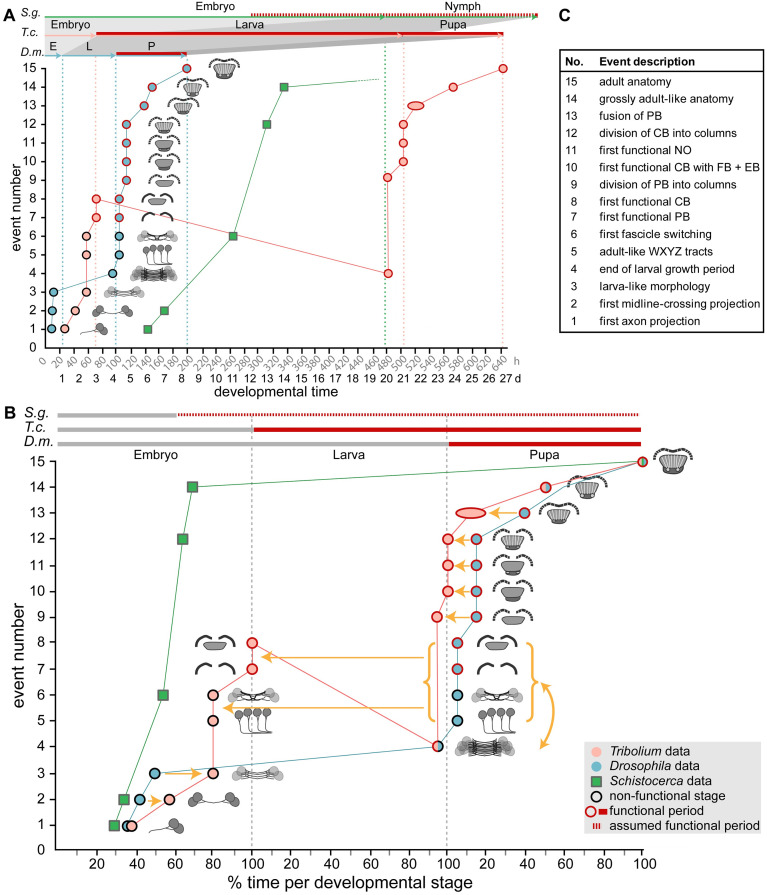Fig 10. Schematic summarizing the timing of developmental events of central complex heterochrony.
Developmental time is depicted on the x-axis as absolute time in hours and days (A) or relative time in percentage development of the respective life stages (B). Fifteen discrete events of central complex development (description in C and definition in S5 Table) are depicted on the y-axis and visualized with small sketches. The sequence of events reflects Drosophila development. The developmental trajectory shown for Drosophila (D.m., blue) and Tribolium (T.c., orange) is based on this work, whereas Schistocerca (S.g., green) is based on [7,33,80,81]. Red contours of the circles and red lines on the top axes indicate presence of synapsin as a proxy for functionality of the central complex. Synapsin expression data were not available for Schistocerca; therefore, neuromodulator expression was used instead (red hatched line). (A) A comparison on an absolute time scale highlights the large differences in actual time between species, and the resulting divergences over which period a respective animal has a functional central complex neuropil. Drosophila has the shortest generation time with the embryonic stage 33%, the larval stage 17% and the pupal stage being 71% of the Tribolium time (32°C in Tribolium, 25°C in Drosophila). Schistocerca (approximately 31°C) embryonic central complex development takes more than double of the time of entire Drosophila central complex development (480 hours versus 200 hours). (B) Initial embryonic development leads to a heterochronic delay in Tribolium (orange arrows of events 2 and 3). In Drosophila, the larval growth phase follows (4) before in the pupa WXYZ tracts, decussation and gain of synapsin in PB and CB occur (5–8). Strikingly, these latter events are shifted into Tribolium embryogenesis. Sequence heterochrony is represented by the developmental sequence 3-4-5-6-7-8 in Drosophila but 3-5-6-7-8-4 in Tribolium (curved yellow arrow and red line with negative slope). Essentially, the larval growth phase in Tribolium occurs after adult-like WXYZ tract morphology and decussation, whereas in Drosophila, growth occurs before these events. Pupal events 9 to 13 are heterochronically shifted to earlier stages of development in Tribolium. (C) Events are shortly described here and defined in S5 Table. CB, central body; EB, ellipsoid body; FB, fan-shaped body; NO, noduli; PB, protocerebral bridge.

